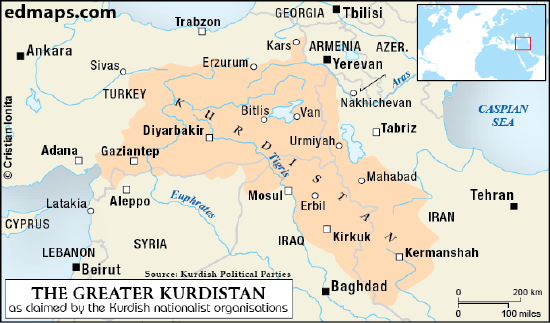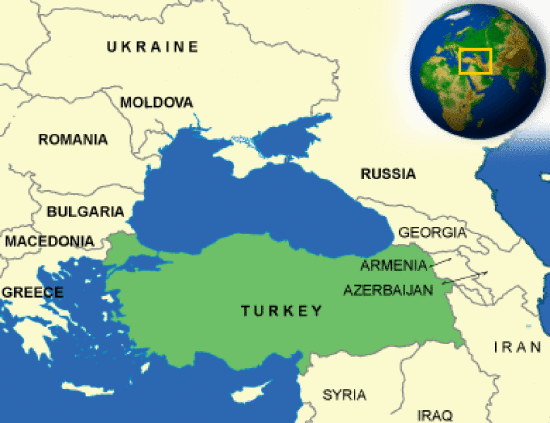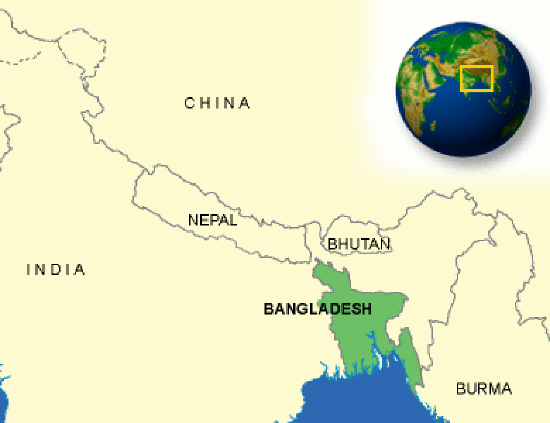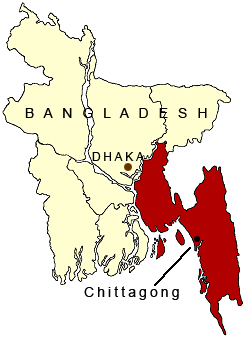Learning Objectives
By the end of this section, you will be able to:
- Understand how low-intensity conflict can contribute to a resumption of fulls-cale conflict
- Distinguish the differences between indiscriminate and selective violence
- Explain how changes in counterinsurgency strategy affects the outcome of a conflict
Introduction
Given the potential brutality and destructiveness of political violence, there is an assumption that all involved parties would have an incentive to maintain peace. However, evidence shows that political violence reoccurs and that civil wars have an ever-higher-than-expected reoccurrence rate. As with any conflict, there is usually some low-level violence that will persist for a while. (A Low-intensity conflict (LIC) is defined as a level of hostilities or use of military power that falls short of a full‐scale conventional or general war). Eventually, the LIC can become a full-scale conflict, such as a civil war.
Through the post-conflict dynamics, government actions can either incentivize or disincentivize an insurgency. When ordinary individuals believe they are unable to remain neutral, or government action threatens their personal security, there is a greater likelihood of a renewed war. For the insurgents, inaction could be more detrimental to their personal or community’s well-being. To better understand this dynamic, we will compare two cases: the relationship between the Kurdish minority and the Turkish government during their long-running civil war, and the relationship between the Jummas (Hills people) and the Bangladeshi government.
Mill’s Method of Difference (most similar systems) approach will be used between the two cases by comparing past history and wartime dynamics. The dependent variable is a recurrence of political violence. The independent variable is the post-conflict dynamics, also understood as the causal mechanism. While the Turkish government heavily employed indiscriminate violence, the Bangladeshi government was more selective when using violence to counter insurgents. (Indiscriminate violence is the use of violence that is random in nature.)
Similarities stem from the conflict between the government and a minority ethnic group.
- Both minority groups originally sought secession as a solution for discriminatory treatment, such as the denial of their distinct identity within their respective societies.
- Each government mistreated its respective ethnic minority, as part of its own nation-building process.
- Each country sought to forcibly assimilate the minorities and ignore cultural differences.
- Even without active opposition, the Kurds in Turkey and the Jummas in Bangladesh suffered from severe political, social, and economic exclusionary policies and practices.
- During periods of unrest, both the Bangladeshi and Turkish governments relied on the use of indiscriminate violence against civilians, usually claiming that they were countering an insurgency.
The PKK Case: Turkey and the Kurdish Insurgency
- Full Country Name: Republic of Türkiye
- Head(s) of State: President
- Government: Unitary Presidential Constitutional Republic
- Official Languages: Turkish
- Economic System: Free Market Economy
- Location: Eastern Europe
- Capital: Ankara
- Total land size: 302,455 sq. miles
- Population: 84 million (July 2021 est.)
- GDP: $692 billion
- GDP per capita: $8,080
- Currency: Turkish Lira


Sources: Edmaps.com and Country Reports, respectively.
The Kurds are an ethnic group, speaking an Indo-Iranian language, and native to the mountainous region of Kurdistan. Kurdistan is not an independent state recognized by the United Nations. Instead, the population is dispersed among four countries: Turkey, Iraq, Syria, and Iran. After following devastating civil wars, Kurdish groups gained a level of self-government in Iraq and Syria. The Kurds in Iraq rule what’s called Iraqi Kurdistan, which is de jure, or formally recognized by the Iraqi government. The Kurds in Syria rule in Rojava Kurdistan, or simply Rojava. Their autonomy is de facto, or unrecognized by the Syrian government.
In Turkey, Kurdish interests have historically been represented by the Kurdistan Workers’ Party (PKK). The continued use of indiscriminate violence, such as torture, kidnappings, disappearance, and summary executions, provided a strong incentive for Kurds to support the PKK. PKK leader Abdullah Öcalan was captured in 1999, which meant a symbolic ending to the war. Öcalan publicly announced that relying on violence to resolve the Kurdish struggle was a mistake and endorsed seeking a non-violent political solution. He ordered high-ranking PKK officers to surrender, of which 16 individuals turned themselves in. Kuridh public opinion supported Öcalan’s endorsement of a nonviolent approach. As a result, PKK violence and Turkish government reprisals declined. For the first time in many decades, the Kurdish region of Turkey experienced a period of relative calm.
However, this action did not mean that tension faded. Public demonstrations still took place, especially over mistreatment. Violent clashes between the two sides led to a resumption of political violence just a decade later. This time, rather than just focusing on Kurdish leaders, the Turkish government also targeted noncombatant villagers, mostly women and children (Yildiz, 2005; Yildiz & Breau, 2010). The government essentially reverted back to its reprisals before the capture of Öcalan.
The persistence of indiscriminate violence against the Kurdish minority noncombatants has shaped the narrative of the overall conflict. For many, the capture of Öcalan meant the end of the insurgency. However, Kurds were targeted even when someone desired to remain neutral. In sum, the post-conflict environment, where Turkish government reprisals have continued, the Kurds have been motivated to support the rebel cause, eventually leading to a resumption of political violence.
The Chittagong Hills Tract Case: Bangladesh and Jummas (Hill people)
- Full Country Name: People’s Republic of Bangladesh
- Head(s) of State: President
- Government: Unitary Dominant-Party parliamentary republic
- Official Languages: Bengali
- Economic System: Developing market economy
- Location: South Asia
- Capital: Dhaka
- Total land size: 57,320 sq. miles
- Population: 161,376,708
- GDP: $1.11 trillion
- GDP per capita: $6,633
- Currency: Taka


Sources: Country Reports and Google images, respectively
The Jummas, or hill people, are a group of ethnically distinct tribes living in the Chittagong Hill Tracts area of Bangladesh. Just like Turkey, Bangladesh attempted to forcefully and violently assimilate all minority groups. This action prompted armed challenges from members who faced oppression.
Originally, the government of Bangladesh relied on the use of intimidation and coercion regarding the Jummas. The noncombatant population was also subject to indiscriminate violence. A change in attitude and government policy towards the Jummas made peace possible. In 1983, the government of Bangladesh offered a general amnesty to all of the Shanti Bahini insurgents, one of the main Jumma groups fighting the government. About 3,000 rebels accepted this deal and surrendered. It took more than ten years to fully achieve a peaceful resolution.
The change in the government’s counterinsurgency strategy clearly produced a different outcome than in Turkey. Instead of indiscriminate violence, the government used selective violence, which is when a government only targets active participants in the war and/or those who commit political violence. As such, ordinary Hill people could stay neutral. They did not feel compelled to fight back as they were no longer threatened with indiscriminate violence. Deliberation and transparency, coupled with a tremendous reduction in the use of force, allowed for a relative period of peace to emerge and set the stage for a series of peace negotiations that ultimately culminated in the Chittagong Hill Tract Peace Accord of 1997.
The commitment of the government of Bangladesh and the tribal people of the Chittagong Hill Tracts to finding a political solution to the civil war produced a successfully negotiated settlement that is still in effect to this date, despite some lingering issues.





